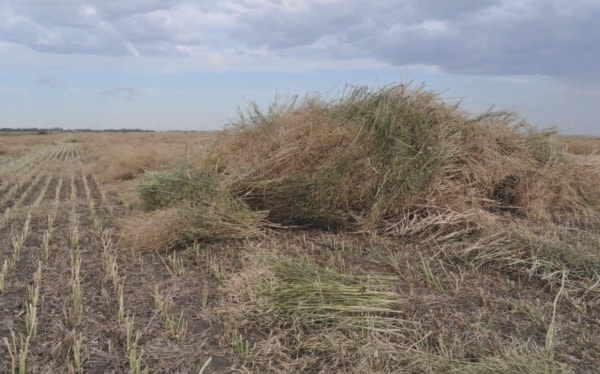Severe summer weather might not be finished for this season, though local residents believe they’ve already had more than their share.
Two thunderstorms struck the Stettler region in the midnight hours last Wednesday and Friday, and pounding hail woke up people in the first instance. Power was knocked out briefl y in the early morning hours in Stettler, Botha and Gadsby.
“We’re looking for a little (more) action later this week,” Bill McMurtry of Environment Canada said Monday. “Typically, the peak of severe summer weather is June and July. It does happen in August, but not as often in the peak.”
Extreme weather has been active all over the province this summer, he said.
“Alberta usually gets about 80 events, but we now have recorded about 189,” McMurtry said.
Most of the severe weather storms in the Stettler area and central Alberta have unusually occurred later in the evening or in the wee hours of the morning, he said.
“Severe weather activity usually occurs in late afternoon or early evening,”
Looking to the long-term future, he said the weather is virtually unpredictable — even at the best of times.
“Anything beyond seven to 10 days is unpredictable,” McMurtry said.
“Computer models have very little accuracy.”
Meanwhile, predictions for the fall in Alberta and Saskatchewan were announced Monday by The Weather Network, and the prognosis looks relatively strong. Both provinces can expect a typical fall season, with normal temperatures and precipitation. The exception in western Canada calls for above normal temperatures from the southern and southeastern parts of Alberta through much of southern Saskatchewan.
